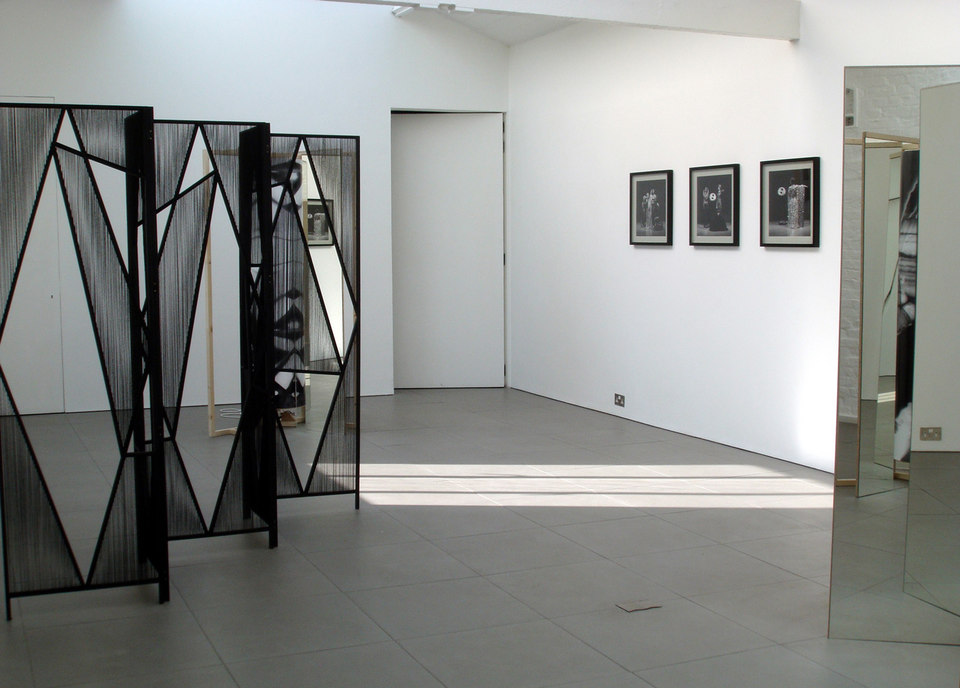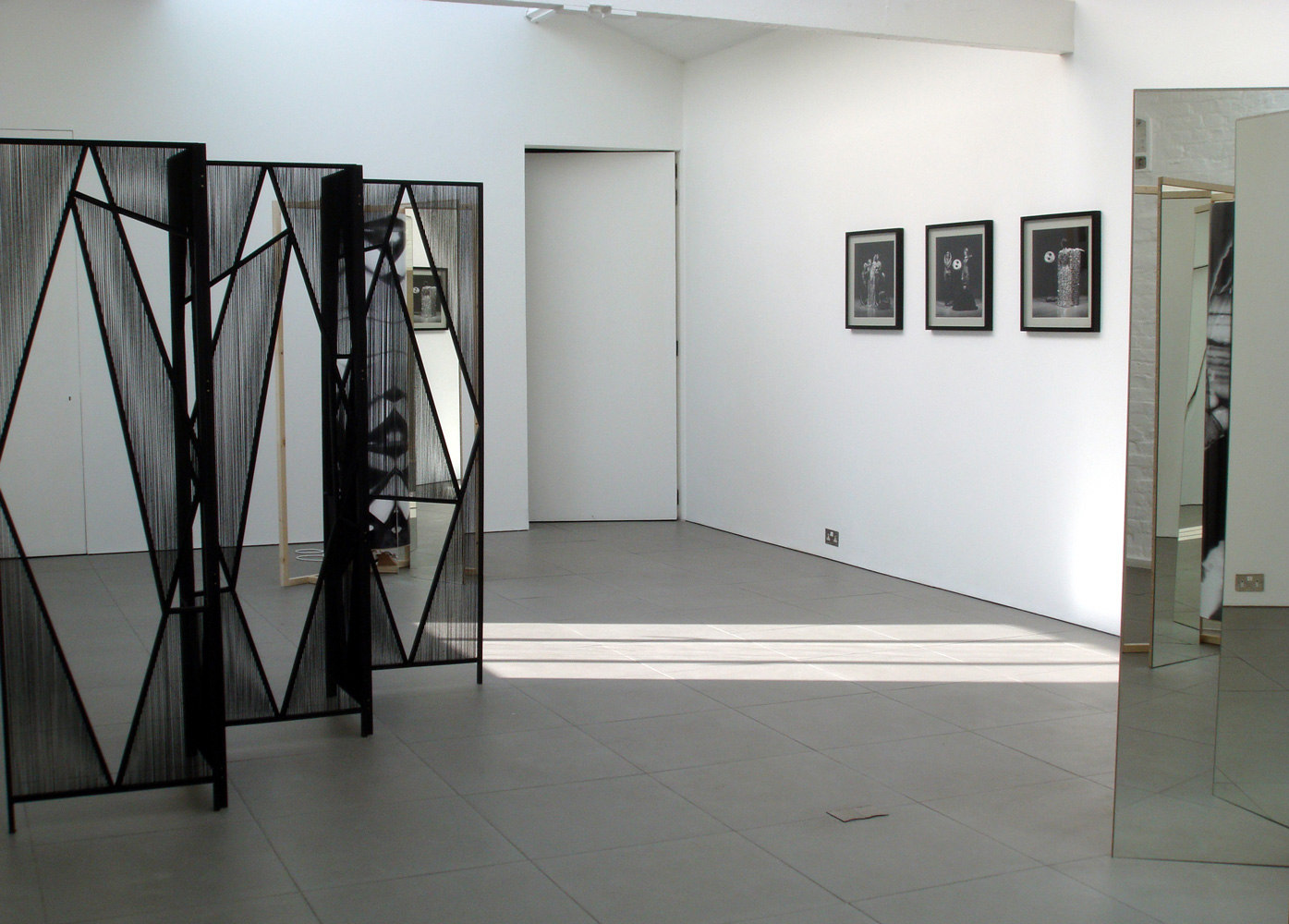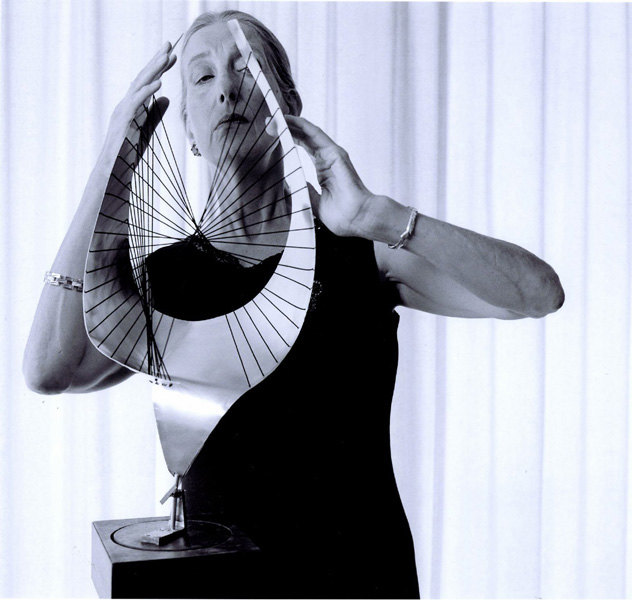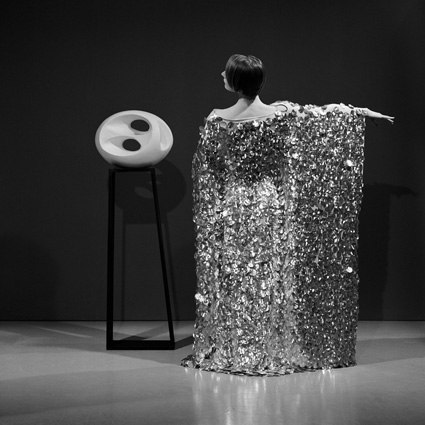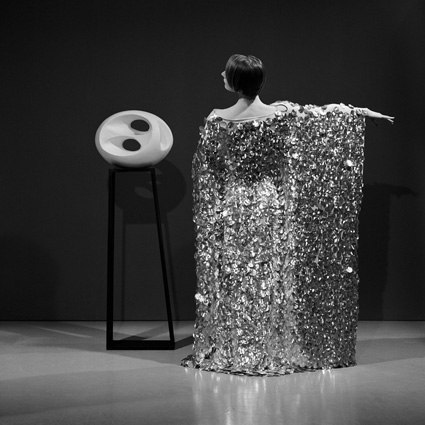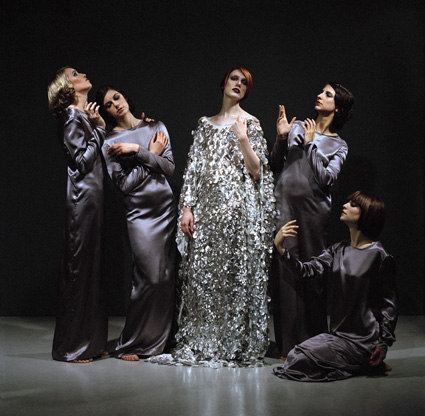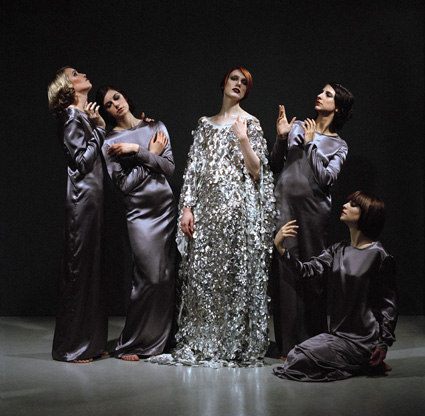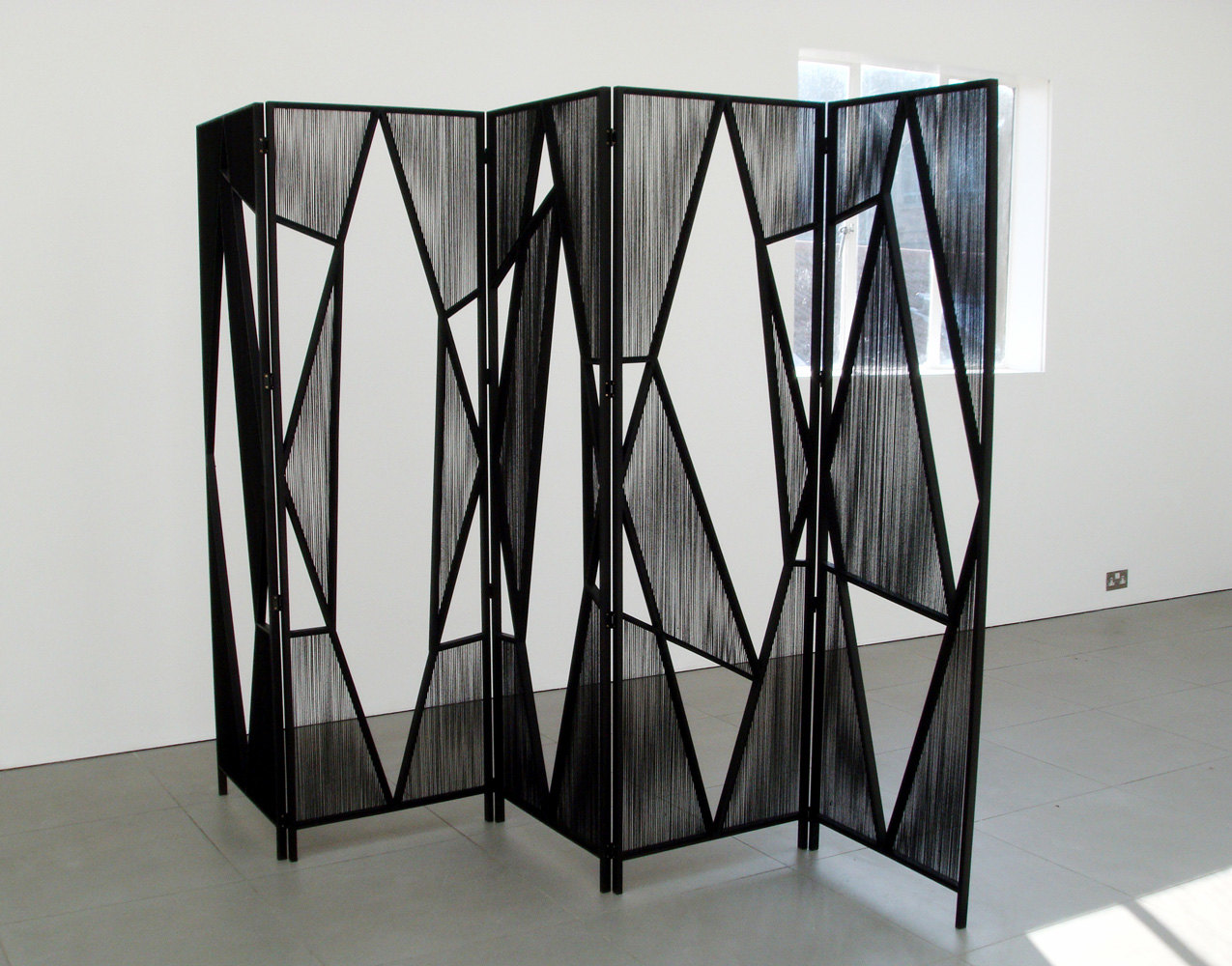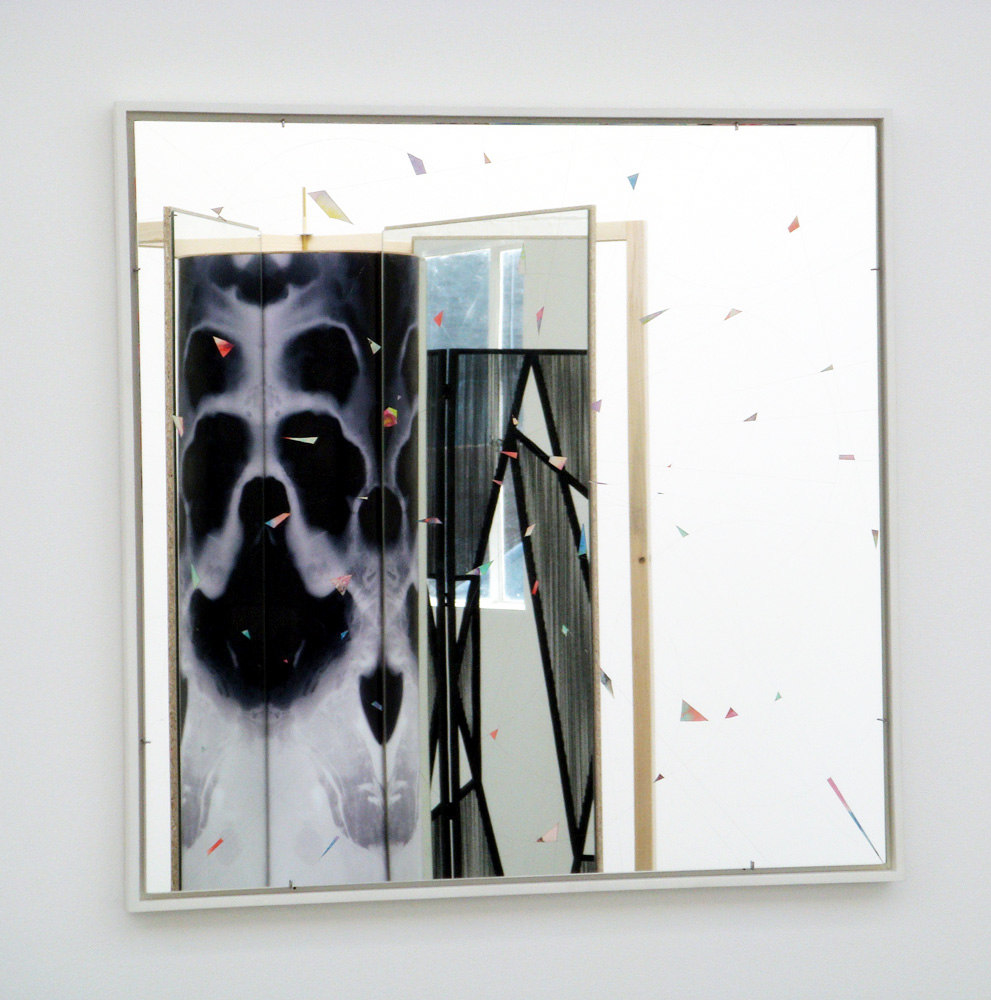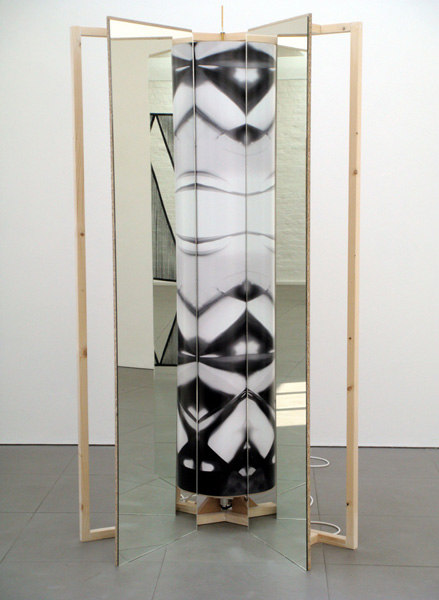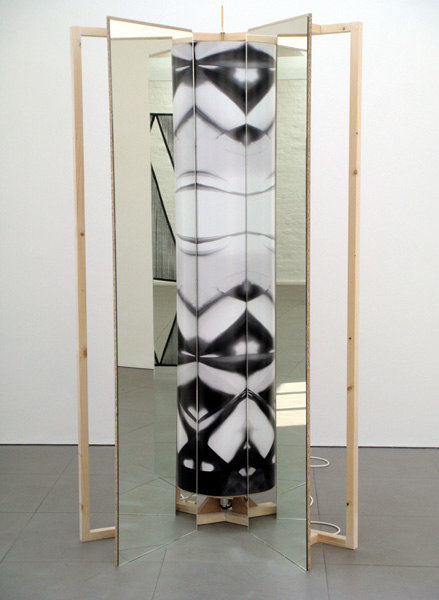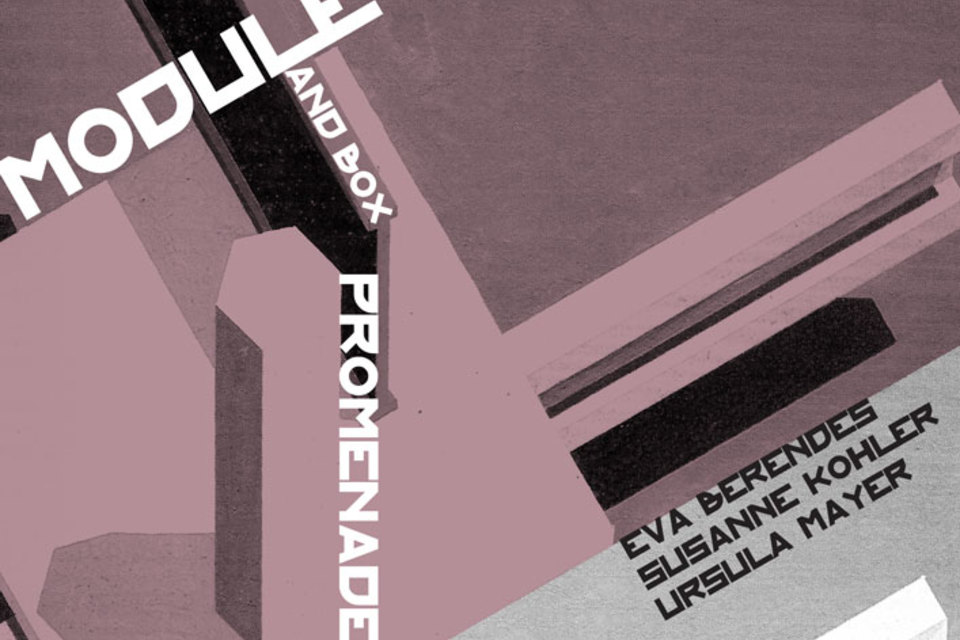
This exhibition will present a stage for the audience where the viewer will become the protagonist. 3 dimensional works will create a backdrop creating vistas opening into illusionary and projected space. The title for the exhibition is taken from a dance developed by the students of Oskar Schlemmer's workshops in 1929, where the artist appears not as a vehicle of individual expression but standardized through common formal elements and architectural space. Each piece within the show will operate as prototype for the exhibition design to present familiar stage elements. what occurs in the way of a plot or an interpretation is developed out of the visual elements interacting with the viewer, suggesting an experimentation with sculptural form using an architectural stage as the focal point. The artists selected for the exhibition in many ways use the exhibition as a vehicle to activate the work. In many cases echoing the early influences of design and craft movements at the turn of the 20th century. Their relationship with the past resonates within the subject matter they choose and the manipulation of materials they employ.
Eva Berendes' works move on the boundary between two and three- dimensional objects, occupying real space but always remaining as a frieze or an image. In the exhibition she presents a folding screen that creates a barrier within the space. The choice of materials such as wood, wool, and their application refer to the domain of applied arts, alluding to ideas of entirety since the arts and crafts movement as of the counter culture of the 1960's and 70's. When moving around the 'art deco' inspired composition the woollen strings' moirée effect evokes a retinal shimmer known from Op Art. Yet, Berendes' interest is not limited to a particular historical movement but looking at the fluidity of abstract language throughout the 20th century. The second work in the show, a mirror on the wall, discreetly introduces colour in tiny patches of water coloured paper penetrating the immaculate surface as gem-like in-lays.
Eva Berendes studied at Akademie für Bildenden Künste, Munich, Hochschule der Künste, Berlin and Chelsea College of Art and Design, London. In 2007 she has shown her work at Ancient & Modern and the Reliance in London. She has recently been included in the Daimler Collection and features in the accompanying catalogue 'Minimalism and After'.
Throughout all of Ursula Mayer's film and video works there is a thematic conjunction. The relationship between architecture and its social implications is at the centre of Mayer`s film Interiors (2006). For the set, Mayer chose the home of the architect Ernö Goldfinger and his family, located on 2 Willow Road in Hampstead. This place represents the artistic avant-garde in 1930s London. Goldfinger`s art collection, which comprises classical modern works from Max Ernst to Marcel Duchamp, is used in the film as a unique setting and dramatic element. With this historically significant background, a meeting between a young woman and an elderly one is imagined to take place, when in fact it never did. Complex interactions evolve within her works between the female characters, the spaces and the camera. No stringent narrative results from the fragmented actions, yet the viewer is drawn into a fascinating network of fictions, looks, gestures, forms and the suggestive soundtrack in an ellipsis of time. Ultimately, a replica of a sculpture made by the British artist, Barbara Hepworth, as a different perception of time and reality, becomes both a separating as well as a binding element between the contrasts of the traditional and the modern.
As part of her continued interest in the historical avant-garde she explores modernist choreographic composition presenting a series of re-worked photographs by Dora Kallmus (Madame) d'Ora of the 'Mary Wigman Dance Company'. These studies visually describe Wigman's particular philosophy. In her own words she often refers to 'air pressing down on the limbs to create gesture, and space pushing the body into directional changes'. These photographs emphasise the somber and weighted performances which were often undertaken in silence or to minimal percussion scores.
Ursula Mayer, born in Austria studied at the Academy of Fine Arts in Vienna, at the Royal College of Art and at Goldsmith College in London. She was awarded the 'Otto Mauer award for Fine Arts' earlier this year. Since her graduation she has had solo shows in Kunstmuseum Linz Museum of Modern Art Linz, Austria, Centraal Museum,Utrecht and Monitor Gallery, Rome. In 2007 she was selected for a group exhibition in the Slovenian Pavilion at the Venice Biennale. She participated in 'Double A Side', Stedelijk Museum, Hertognebosch and Artis den Bosch and 'Depiction, perversion, repulsion, obsession, subversion' at Witte de With, Rotterdam.
Susanne Kohler will create an installation which is loosely based on the 'Palais des Illusions at the World exhibition in Paris' 1900. It was designed at the time by Eugène Hénard presenting a hall of mirrors, which produced the illusion of a space traveling into infinity. The construction of the original work consisted of a six-sided small room with mirrors on all sides and turning pillars within each corner giving the illusion of traveling into space without the viewer actually physically moving. Kohler will rework the original construction creating imagery for 3 separate pillars, from chemographic experiments often associated with mesmeric psychedelic designs of popular music video of the late 60s and 70s. In turn the effect will provide a kaleidoscopic reflection transferred onto the original design. In the past Kohler's photographic and film interventions explore not only darkroom experiments of the early 20th century, but her investigation of time travel and escape have become a recurring theme throughout her body of work.
Susanne Kohler educated at Chelsea School of Art and The Slade. She appeared in Elfriede Jelinek, (curated by Sophie Von Hellerman), Fortescue Gallery, London. and The Truth Society (curated by Mustafa Hulusi) Northern Gallery of Contemporary Art, Sunderland. Since living and working in Berlin she recently exhibited in 'KILDA' Kunstverein Nord, Berlin curated by Heike Baranowsky alongside Ceal Floyer and Tacita Dean.
